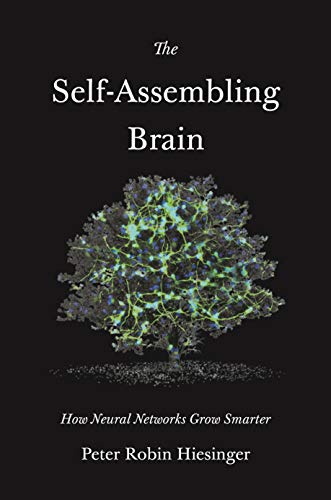The Self-Assembling Brain - How Neural Networks Grow Smarter
What neurobiology and artificial intelligence tell us about how the brain builds itself

Links
The Self-Assembling Brain Website - Background, News and a discount code for pre-order through Princeton University Press
-
Publisher Information at Princeton University Press
-
Pre-Order on Amazon US
-
Pre-Order on Amazon UK
-
Pre-Order on Amazon Germany
"The Self-Assembling Brain considers an interesting and timely topic—the relationship between what we know about how biological brains develop and the principles by which artificial intelligence networks are designed. Beginning with a fascinating historical debate, this book takes an ambitious look at a big and important area. I learned many things from new and diverse perspectives, which is exactly what I would expect from a book like this." — Kevin J. Mitchell, author of Innate
"Is the structure of the adult human brain a sufficient model for building artificially intelligent neural networks? Absolutely not is the message of The Self-Assembling Brain. Developmental processes are shown to be central to learning, both in the growth of the brain and continuing through in adult intelligence. This book could be a game changer." — Mark Lee, author of How to Grow a Robot
"This delightful book explores the underappreciated importance of algorithmic growth in understanding how biological systems develop and brains assemble. A significant contribution, The Self-Assembling Brain will interest readers in systems neuroscience, developmental neuroscience, and other areas of developmental biology, as well as computer scientists with an interest in biology." — Simon R. Schultz, Imperial College London
The author is solely responsible for the contents of this page.
